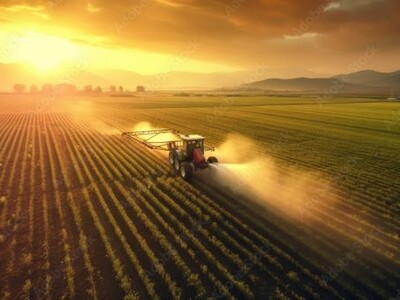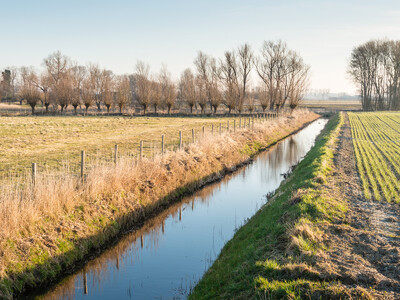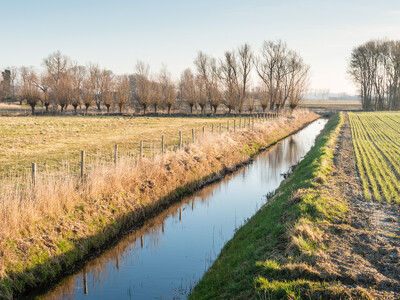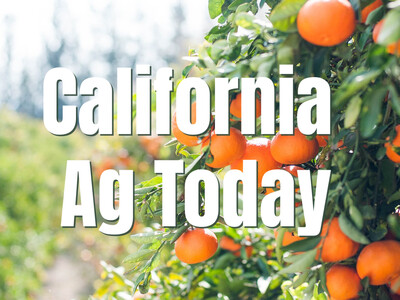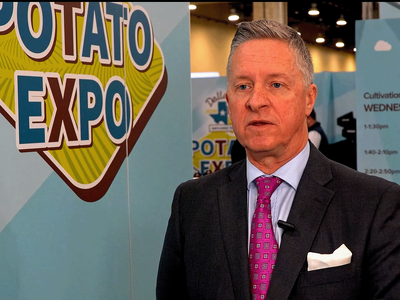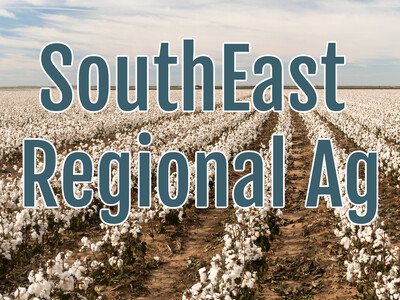Consumers Paying More
Consumers Paying More. I’m Greg Martin with today’s Line On Agriculture.
Farm Bureau’s quarterly Marketbasket Survey tracks and reports on retail prices of 16 staple foods that can be used to prepare meals at home. American Farm Bureau Federation Economist John Anderson explains why consumers are paying more at the supermarket.
ANDERSON: The informal survey shows that the total cost of 16 foods that can be used to prepare several common meals in the third quarter of 2011 was fifty-three dollars and 12 cents. That was up a dollar-ninety-five or about 4 percent from the second quarter of 2011.
Meat and dairy products accounted for about 40 percent of the quarter-to-quarter retail price increase.
ANDERSON: We’ve had really strong global demand for livestock products particularly if you look at the more rapidly developing parts of the globe. We’ve seen increasing demand for higher-value and higher-quality food products and livestock-related products. Meat and poultry and dairy products are part of that. If you look at countries like China and India, where we have had fairly rapid economic growth and very large populations we’re seeing relatively large numbers of consumers move into the consumer class. They’re moving further up the economic scale and they have more disposable income to buy all manner of products. They want to buy higher-quality food items.
Sustained high costs for energy and other inputs used in food production continue to influence how much consumers pay at the grocery store.
ANDERSON: As costs of production go up, prices have to go up to cover those costs. And that’s true whether we’re talking about farm-level costs or costs at the processing plant or through the transportation sector or in packaging or anything else. Those costs have to be covered at some point. And this process of prices going up to cover those costs has been ongoing for some time.
Anderson talks about how the drought in Oklahoma and Texas will affect the nation’s beef supply.
ANDERSON: Because of the drought and because of a lack of availability of feed, producers, farmers and ranchers have had to move their cattle into feedlots early. Younger animals that would have been put on grass for another six months are now in a feedlot. And six months from now they’ll be in the meat case already, so in the short run we’ll increase production because more animals are being put into the process earlier. Once those animals are gone, though, they’re gone, and so what we will see is in the relatively short run, six-to-eight month period, we’ll have an increase in production that will be followed by a fairly sharp drop off. And that obviously has implications for prices.
That’s today’s Line On Agriculture. I’m Greg Martin on the Ag Information Network.





